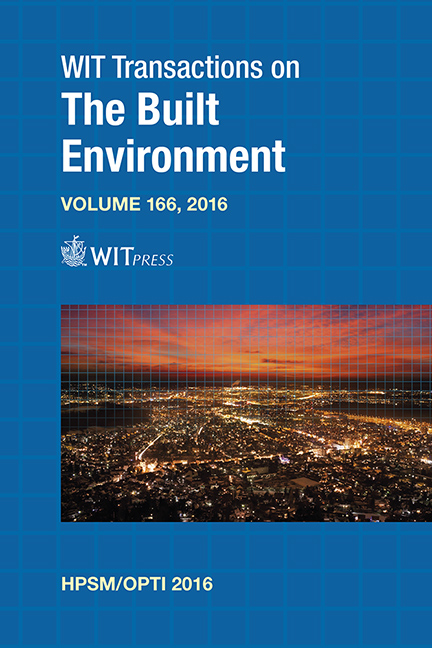Production Of High Quality Coatings On Light Alloys Using Plasma Electrolytic Oxidation (PEO)
Price
Free (open access)
Transaction
Volume
166
Pages
16
Page Range
439 - 454
Published
2017
Size
2,908 kb
Paper DOI
10.2495/HPSM160411
Copyright
WIT Press
Author(s)
R. O. Hussein, X. Nie, D. O. Northwood
Abstract
Plasma Electrolytic Oxidation (PEO) is a high voltage plasma-assisted oxidation process which involves the creation of plasma discharges around a metal surface component immersed in an environmentally-friendly aqueous electrolyte to form ceramic oxide coatings which can, if correctly formed, impart a high corrosion and wear resistance. During PEO coating, there are three simultaneous processes taking place, namely the electrochemical reactions, the plasma chemical reactions and thermal oxygen diffusion. All PEO-coatings have a three-layer structure with a porous outer layer, and intermediate dense layer and a thin inner dense layer. It is through control of the relative amounts (thickness) and composition of these three that high quality coatings can be obtained. In this paper we describe how processing parameters including current density, current mode (unipolar, bipolar, hybrid), and electrolyte (concentration and composition) effect the quality of the coatings as measured by the corrosion and wear resistance. In general terms, an intermediate current density and a bipolar current mode lead to the most compact and high quality coatings, although the growth rate is reduced compared to using a unipolar current mode and higher current densities. The growth rate can be increased by increasing the electrolyte concentration. Incorporation of silicates and aluminates into the electrolyte can result in the formation of hard spinels in the coatings, which can then lead to better wear and corrosion resistance.
Keywords
PEO coatings, coating mechanism, process parameters, corrosion, wear





